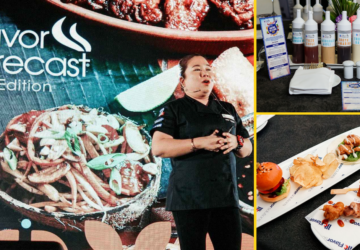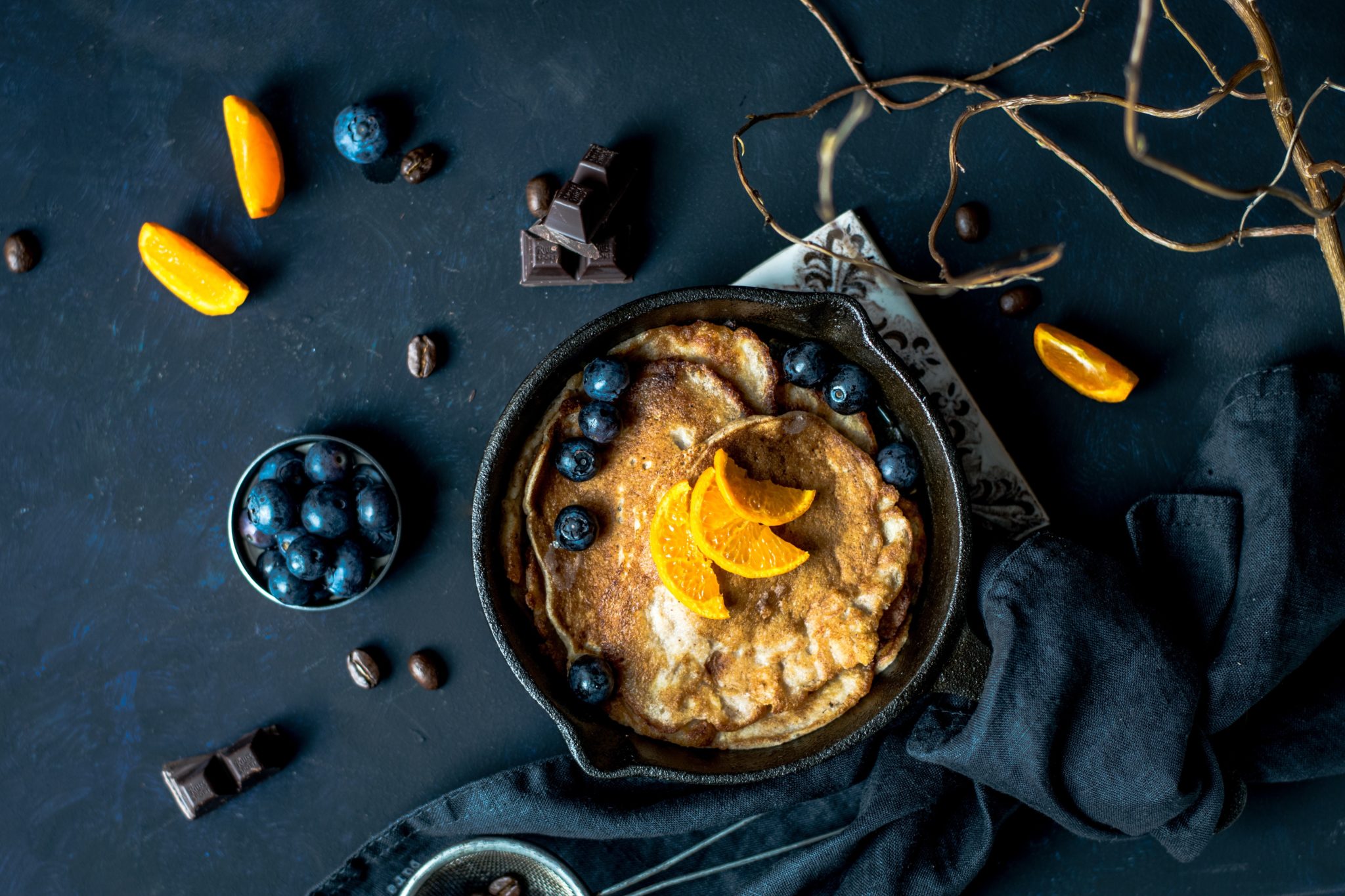Behind every good shot of food is the waste that went into producing it. It’s a well-known fact that food photography employs a lot of tricks to make the food look brighter, bigger, and prettier. Most of these hacks are largely inedible, like adding drops of glycerin on salads to make them seem fresh, adding car oil for lasting shine, and painting shrimps to make colors pop. But these tricks come with a price that may not be worth paying.
As it is, food waste is a growing problem throughout the world, and letting wasteful practices in food photography continue brings us no closer to achieving food security. With that, here are simple, doable tips from food stylists Mylene Chung of Photokitchen and Dennis Lo on how to minimize food waste during a photo shoot.
Use edible ingredients
For added shine, Chung and Lo both suggest using water or regular cooking oil. Also avoid using harmful chemical substances like a bonding agent or glue, which can render food inedible and slightly toxic. There are numerous edible alternatives a food stylist can use such as corn syrup. It’s simply a matter of having to “Be resourceful and think of more sustainable ways to style food,” says Chung.
Use hygienic props
When it comes to providing volume in a dish, like giving salads or noodles a dome-like structure, some stylists place makeup sponges or tissues underneath, rendering the dish inedible. Lo suggests ramekins or anything solid such as ceramic or glass props instead as it’s “less gross that way, especially with sauce-heavy dishes.”
Keep things clean
The cleaner your instruments are, the more edible the food will be. Making sure that utensils and props, like fake ice, plates, brushes, knives, and tweezers, have been sanitized before use will determine if you can eat the dish after. Go the extra mile and wear food styling gloves as you’ll most likely be touching the food throughout the shoot.
Cook it again
“If it’s out for a long time, it’ll be cold, and oily dishes can start to emulsify, but these are things that can be remedied with a bit of reheating,” says Chung. If you’re not too picky about what you eat, then simply heat up the dish instead of letting it go to waste. Also make sure to confirm with the client regarding the dish’s preparation as some food is half-cooked for the sake of the shoot.
Donate the food
Most of the time, food sent by the client to the shoot will be disposed of after as you can’t serve paying customers food that’s already been handled, according to Lo. But, “it can be repurposed as a full meal,” says Chung. Those conscious of eating food that’s been handled by others can always donate the food to people on the streets but only after recooking the food once the shoot is done.
Ultimately, food waste is an unavoidable consequence of a food shoot, but it can be minimized with the right sustainable practices and waste-conscious mindset.





